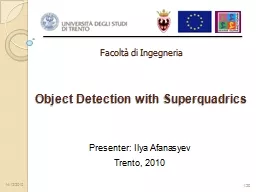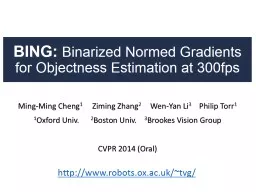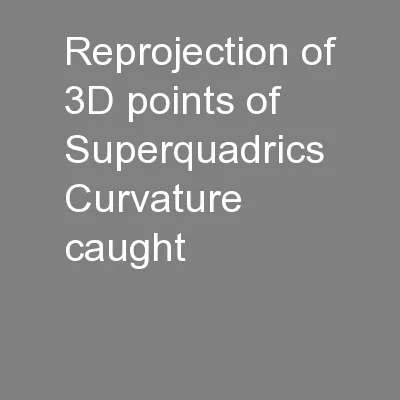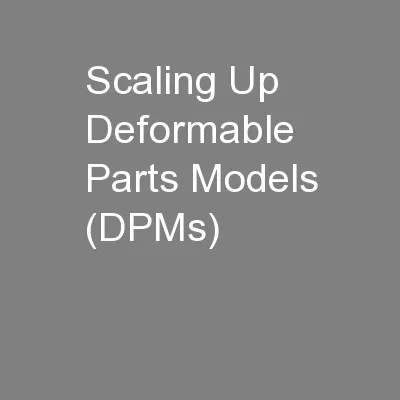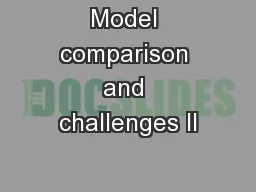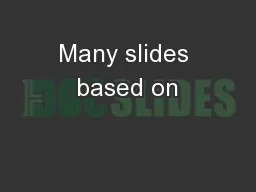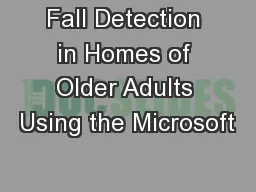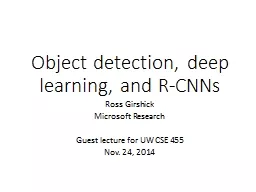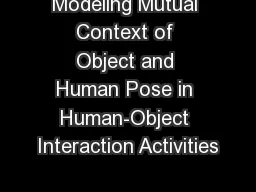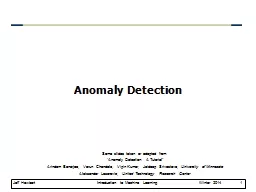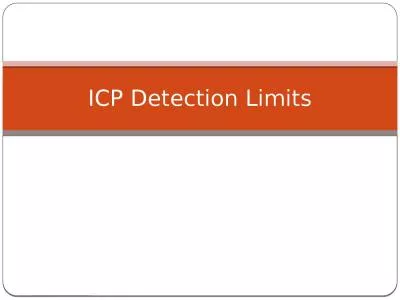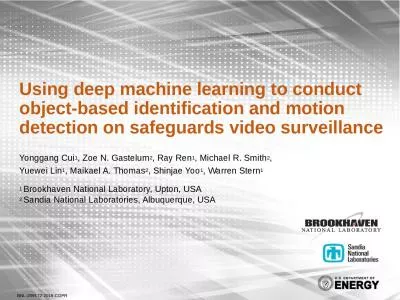PPT-Object Detection with Superquadrics
Author : luanne-stotts | Published Date : 2016-07-18
Presenter Ilya Afanasyev Facoltà di Ingegneria Trento 2010 14122010 1 20 Superquadrics SQ A superquadric surface can be defined by the 3D vector are parameters
Presentation Embed Code
Download Presentation
Download Presentation The PPT/PDF document "Object Detection with Superquadrics" is the property of its rightful owner. Permission is granted to download and print the materials on this website for personal, non-commercial use only, and to display it on your personal computer provided you do not modify the materials and that you retain all copyright notices contained in the materials. By downloading content from our website, you accept the terms of this agreement.
Object Detection with Superquadrics: Transcript
Download Rules Of Document
"Object Detection with Superquadrics"The content belongs to its owner. You may download and print it for personal use, without modification, and keep all copyright notices. By downloading, you agree to these terms.
Related Documents

